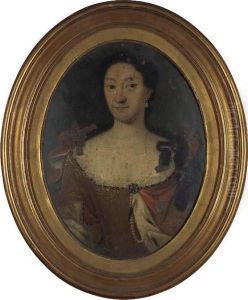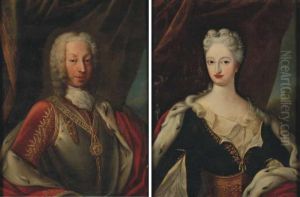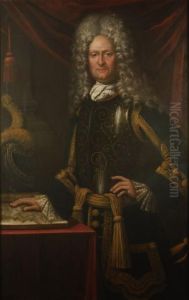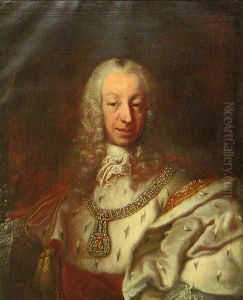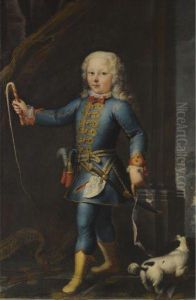Maria Giovanna Battista Buzzana Clementi Paintings
Maria Giovanna Battista Buzzana Clementi, whose life spanned from 1660 to 1708, was an Italian painter who lived during the Baroque period. Unfortunately, as is the case with many female artists of the time, her life and work have not been as thoroughly documented as those of her male counterparts, and much of her biography remains obscured by the passage of time.
Maria Giovanna Battista was born into a family with artistic inclinations in Mantua, a city in the Lombardy region of Italy, known for its rich artistic and cultural heritage. Her father, Giovanni Battista Buzzana, was also a painter, and it is likely that he was her first teacher and mentor in the arts. Women artists often learned the craft within their family workshops because they were generally excluded from the formal academies that educated male artists.
She married Carlo Francesco Clementi, who was also an artist, and she was known to have collaborated with him on several projects. Maria Giovanna Battista Buzzana Clementi's own work often reflected the Baroque style of the time, which was characterized by dramatic expression, rich colors, and a dynamic interplay of light and shadow. However, her oeuvre is not well-documented, and as such, specific works attributed to her are scarce or have been lost over time.
Despite the challenges faced by women in the arts during the 17th and 18th centuries, Maria Giovanna Battista Buzzana Clementi managed to achieve recognition in her lifetime. Records show that she was admitted into the prestigious Accademia di San Luca in Rome, an acknowledgment of her skill and contribution to the art world. However, the details of her professional achievements and the extent of her artistic legacy are limited.
Maria Giovanna Battista Buzzana Clementi passed away in 1708. The lack of extensive records about her life and work is indicative of the broader trend of underrepresentation of women in the history of art. Nevertheless, her story is an important piece of the larger narrative of female artists who navigated and contributed to the cultural landscape of the Baroque era despite societal constraints.
